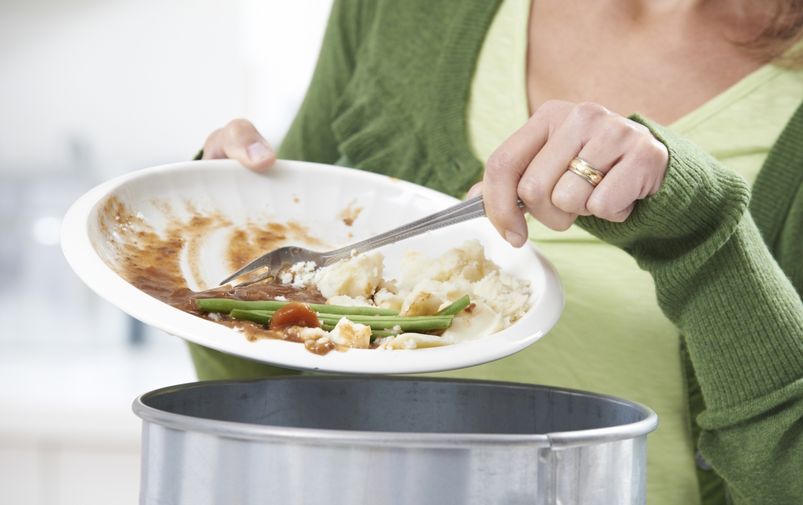It’s dinnertime and you are seated at your table. In front of you lies a beautifully plated gourmet meal that you have just finished cooking. You’re about to dig in—but wait—you whip out your smart phone and slide your finger on the Instagram app. This meal is too beautiful to not document, you think to yourself. You snap a picture of your masterpiece and play around with the filtering settings. You then caption your photo and add the hashtags: #yummy, #homemade, #cooking, #Instafood, and #nomnom. You then proudly hit the share button, and its chow time. 20 minutes later, stuffed and satisfied you take your half empty plate (or is it half full?) and effortlessly dump the remaining portions of your meal in the trash. After all you do have to save room for dessert, right? Your phone waits for you on the dining table. There was no need to take a picture of your masterpiece turned waste. Yet, imagine if every food secure person living in America documented the amount of food they wasted every day—the results would be disturbing.

Not only is America one of the biggest food consumers in the world, it is also one of the biggest food wasters. Did you know that roughly 40% of food in America goes to waste? This means each month an individual person is wasting over 20 pounds of food. So, what exactly is food wastage? Simply put, it is when food that is still able to be eaten gets trashed. This includes food thrown away by retailers (stores, markets, restaurants etc.) simply because the products are ugly looking (yet perfectly edible). Food waste also includes the food thrown away from both mine and your breakfast, lunch, dinner, and snack plates. In 2010 alone, 33.79 million tons of food in America, went to waste. To put this into perspective for you, it is the equivalent of filling New York City’s beloved empire state building with food 91 times. Think of the amount of hungry people in America and worldwide that quantity of wasted food could feed. This is a serious global issue, especially amongst the wealthier countries of the world. According to the Food and Agriculture Organization (FAO), “every year, consumers in rich countries waste almost as much food (222 million tons) as the entire net food production of sub-Saharan Africa (230 million tons)”. This is truly tragic, when one considers the number of people in the world who go hungry every day, not having enough food to live healthy lives. That number is about 795 million people.
We all have the right to food. It is a universal human necessity. We all need food to live. Yet it should not be permitted for us to waste food to the extent at which we do. The effects of food wasting are damaging to both people and the environment. When we throw away perfectly edible food, we are throwing away food that someone else is in need of. Additionally, when we throw away food that can still be eaten, we are also contributing to the climate change crisis. Did you know that 97% of food waste gets dumped into landfills? Figuratively speaking, you can find entire salad bars and restaurants within them. Furthermore, this wasted food once broken down then leaks methane gas into the atmosphere. This literally fuels global warming.
There are 5 things we can do to reduce the amount of food we waste:
-
Be a conscious shopper, and do not over buy. Only buy what you know you can eat for two days—the grocery stores are not going anywhere!
-
Eat your left overs! Next day leftovers are perfectly fine to eat. Some of you may find it “boring” to eat the same thing over again, but you can get a little creative and always do something different with leftover food.
-
Make your freezer your best friend. You can easily preserve fresh produce in the freezer for months at a time. Freeze your fresh produce, and whip them out of the freezer whenever you’re ready to eat them!
-
Understand the difference between “use by” and “best before”. You can no longer eat or drink a product once its “use by” date has passed. You can, however, still consume products after their “best before” date—the food is not dangerous by this date, it may however begin to slightly lose its taste.
-
Compost your food! Don’t throw away your banana peels, egg shells or coffee grounds, compost them. It’s good for the environment!
Article by BullPen Food






























No Comments
Leave a comment Cancel